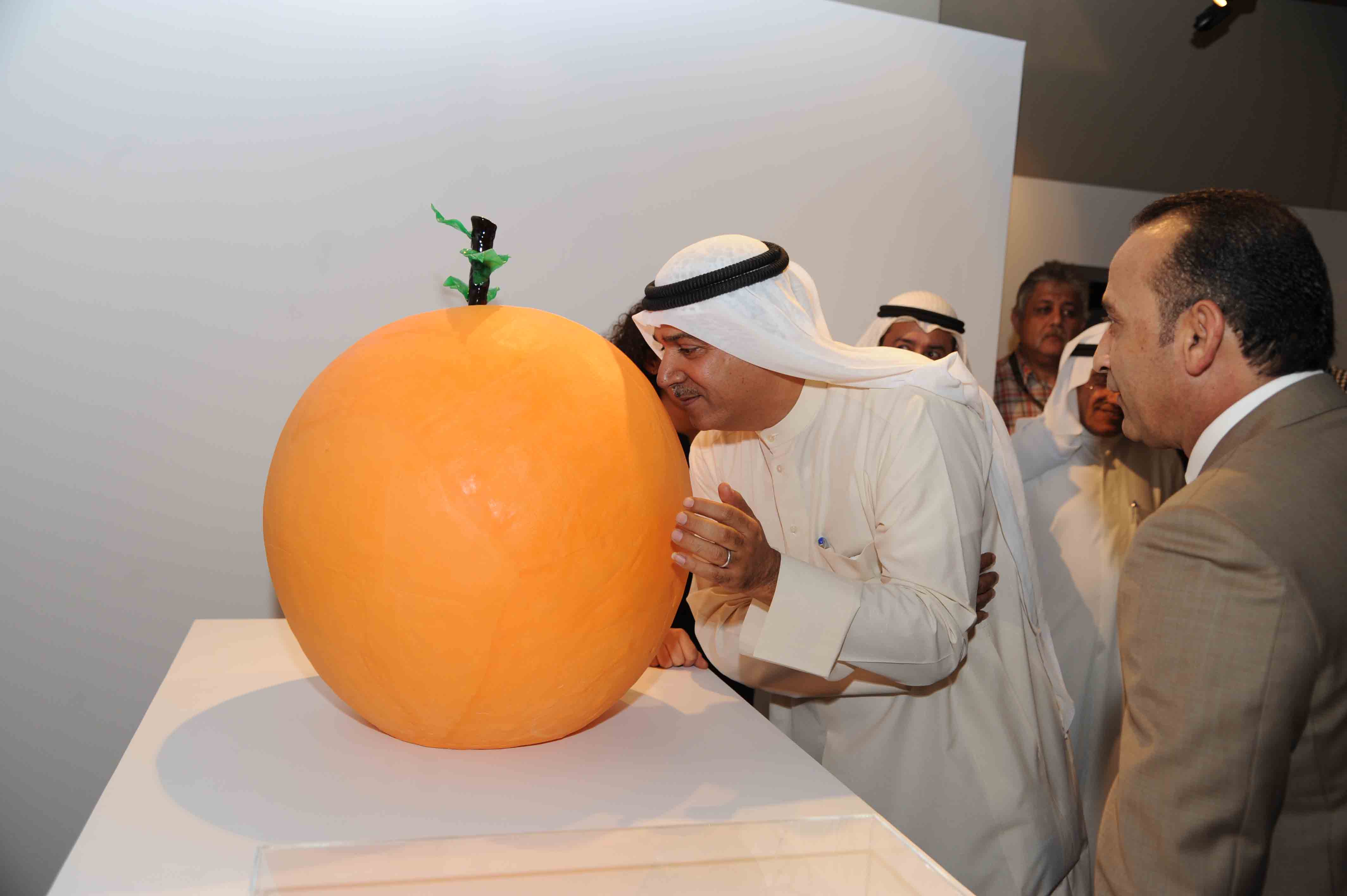Shows
“Museum of Manufactured Response to Absence”


Upon my arrival in Kuwait, founder and artistic director of MinRASY Projects, Rana Sadik, who co-developed the “Museum of Manufactured Response to Absence” ("MoMRtA") with curator Ala Younis, immediately tells me: “this is not about the Palestinian cause; this is about Palestinians in Kuwait.” In a region abounding with exhibitions exploring ethnic identity or lumping larger diaspora communities together, the sophistication of the exhibition concept, investigating the specific experience of a diaspora group, is refreshing and noteworthy.
Although Palestinians in Kuwait numbered 400,000 by 1990, and played an integral role in the country’s golden era of modernization, they have not been recognized in official Kuwaiti history. "MoMRtA" aims to fill this void, through a collection of 28 objects specifically commissioned from a host of creative types, including: designers, artists, a ceramist, a sports commentator, a goldsmith and an executive chef.
Exaggerated forms and elements of the impossible abound in many of the collection’s objects, which are at the same time, very much rooted in reality. Ziad Hilal’s Celebration (2012), a fragrant cake in the shape and color of an orange—a symbol long associated with Palestine—alludes to a happy period in Kuwait’s history, when Palestinian immigrants were embraced by their adopted country during the Pan-Arab movement.

Time and history are recurring themes explored in numerous collection pieces in "MoMRtA." In Cevdet Erek’s Ruler (2012), a small, golden ruler, displayed against black velvet, inside a clear display case, connects two cataclysms in Palestinian history: 1948 and 1990. Both dates mark entry and exit points of Kuwait’s once-large Palestinian community.
While it is possible to appreciate individual objects, it is the collective experience and message of the nomadic museum that one must meditate on. Except in the curatorial text, the word “Palestinian” is never used, either in the collection pieces or in the labels describing them. The various creators are listed in the curatorial text as part of the “museum team” rather than as individual artists, craftpersons and so forth. Ala Younis explains that this misinformation “questions the impact of the presence or absence of minority communities and subcultures on the nations they take residence in.”
Somber and touching, History (2012), by Mohssin Harraki, comprises an open blank book, floating in a glass tank of water, which over the course of the exhibition will eventually disintegrate. It seems to best capture the intention of "MoMRtA" of serving as a warning call, that if history is not recorded—for Kuwait’s Palestinian community or for minority groups in general—their experiences will disintegrate altogether as well.







